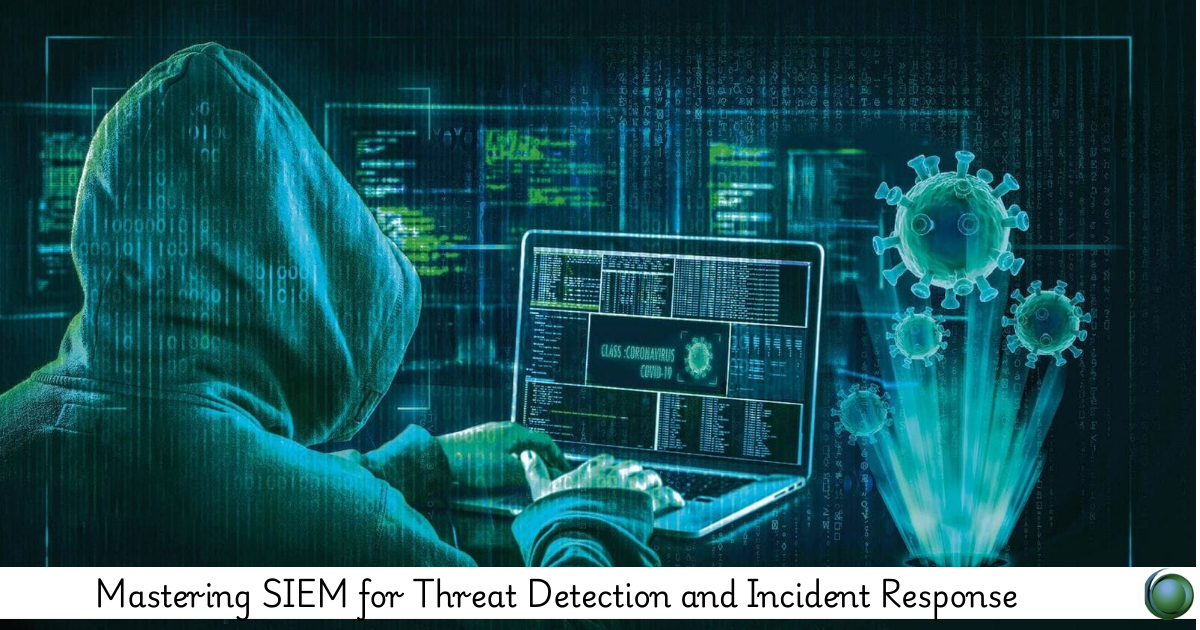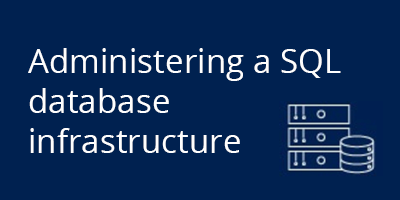Description
Introduction of SIEM for Threat Detection
Security Information and Event Management (SIEM) plays a crucial role in modern cybersecurity by enabling real-time threat detection and incident response. This course provides an in-depth understanding of SIEM, covering advanced threat analysis, correlation rules, log management, and security automation. Participants will learn how to leverage SIEM tools for proactive security monitoring and incident handling.
Prerequisites
- Basic knowledge of networking and cybersecurity.
- Familiarity with security logs and event monitoring.
- Understanding of threat intelligence and incident response workflows.
Table of Contents
1. Overview of SIEM in Cybersecurity
1.1 What is SIEM? Core Functions and Importance
1.2 Evolution of SIEM: From Log Management to AI-Powered Analytics
1.3 SIEM’s Role in Threat Detection and Incident Response(Ref: Introduction to SIEM: Foundations of Security Monitoring)
1.4 Common Use Cases and Industry Adoption
2. SIEM Architecture and Data Collection
2.1 SIEM Components: Log Collectors, Parsers, and Correlation Engines
2.2 Log Sources: Firewalls, IDS/IPS, Endpoints, and Cloud Services
2.3 Data Normalization and Storage Strategies
2.4 Scalability and Performance Considerations
3. Advanced Threat Detection with SIEM
3.1 Rule-Based vs. Machine Learning-Based Detection
3.2 Building Effective Correlation Rules
3.3 Behavioral Analytics and Anomaly Detection
3.4 Reducing False Positives and Improving Alert Precision
4. Incident Response and Investigation Using SIEM
4.1 Identifying and Prioritizing Security Events
4.2 Automated Alerting and Escalation Processes
4.3 Root Cause Analysis and Forensics
4.4 Case Management and Reporting
5. SIEM and Security Automation
5.1 Integrating SIEM with SOAR for Automated Response
5.2 Automating Threat Intelligence Feeds and Enrichment
5.3 Implementing Automated Playbooks for Incident Handling
5.4 Real-World Security Automation Use Cases
6. SIEM for Compliance and Regulatory Requirements
6.1 Meeting Compliance Standards: GDPR, HIPAA, PCI-DSS, and ISO 27001
6.2 Log Retention Policies and Audit Trails
6.3 Generating Compliance Reports and Dashboards
6.4 Governance, Risk, and Compliance (GRC) Integration
7. SIEM Optimization and Best Practices
7.1 Fine-Tuning SIEM Correlation Rules and Filters
7.2 Threat Intelligence Integration for Enhanced Detection
7.3 Performance Optimization and Resource Management
7.4 Continuous Improvement and SIEM Maturity Models
8. Future Trends in SIEM for Threat Detection and Security Operations
8.1 AI and Machine Learning
8.2 Next-Gen SIEM vs. XDR: Key Differences and Use Cases
8.3 Cloud-Native SIEM Solutions and Challenges
8.4 The Future of Security Operations Centers (SOC)
Mastering SIEM is essential for effective threat detection and rapid incident response. This course equips participants with hands-on expertise in security monitoring, automation, and compliance management. By leveraging SIEM effectively, organizations can enhance their cybersecurity posture and mitigate evolving threats in real time.







Reviews
There are no reviews yet.